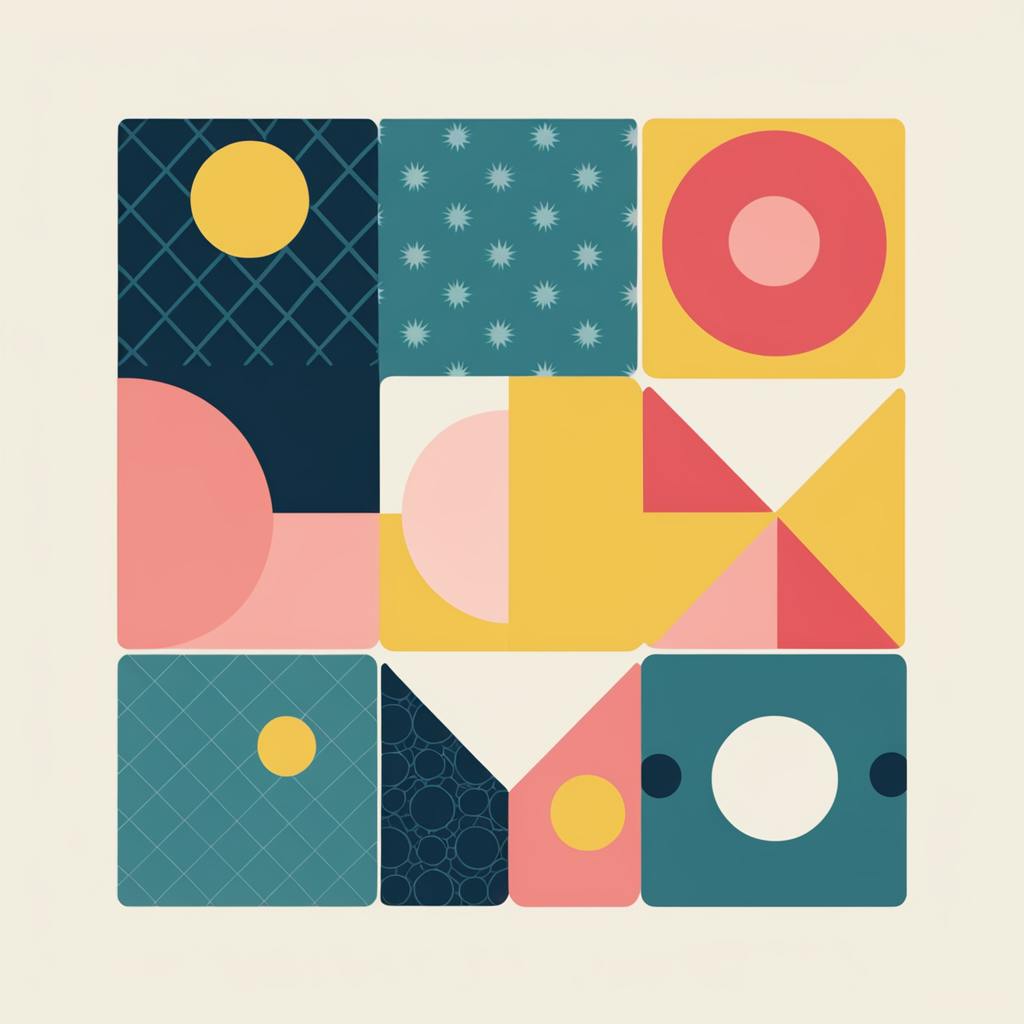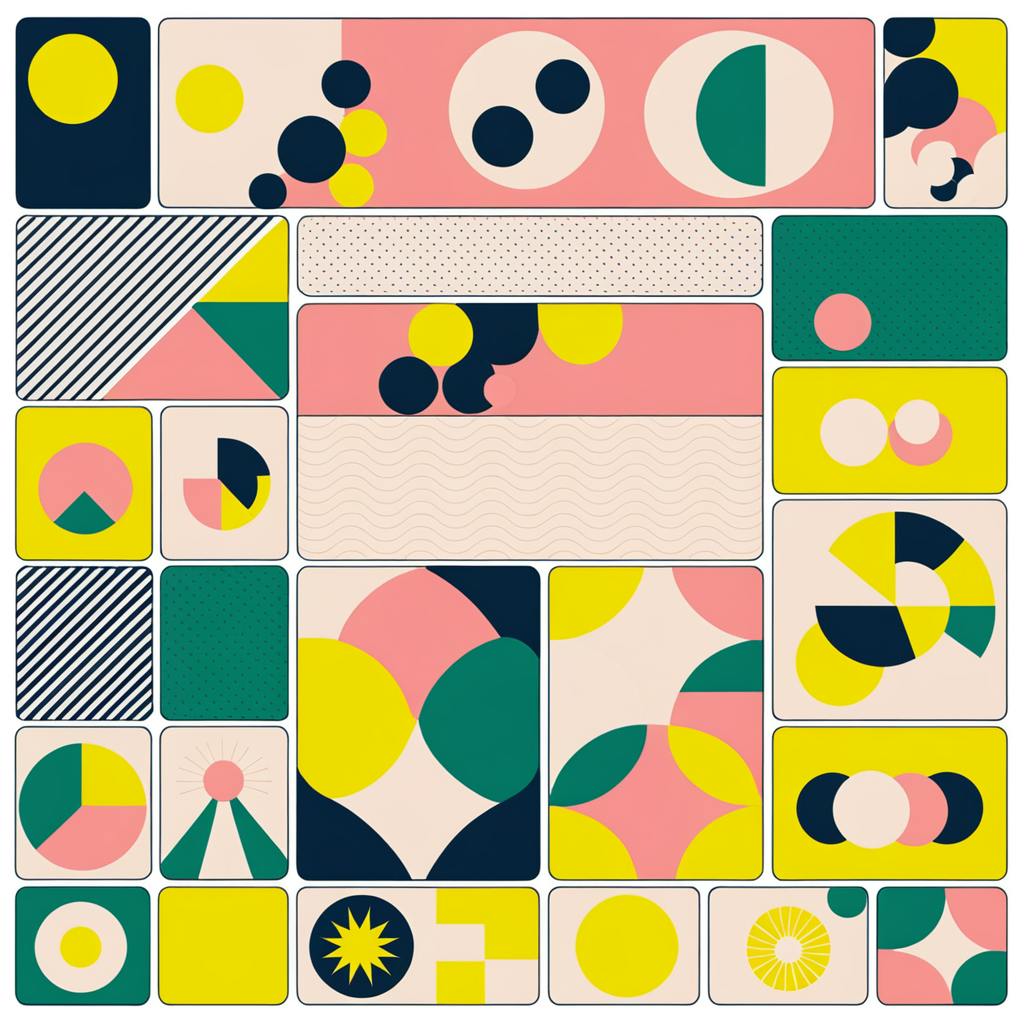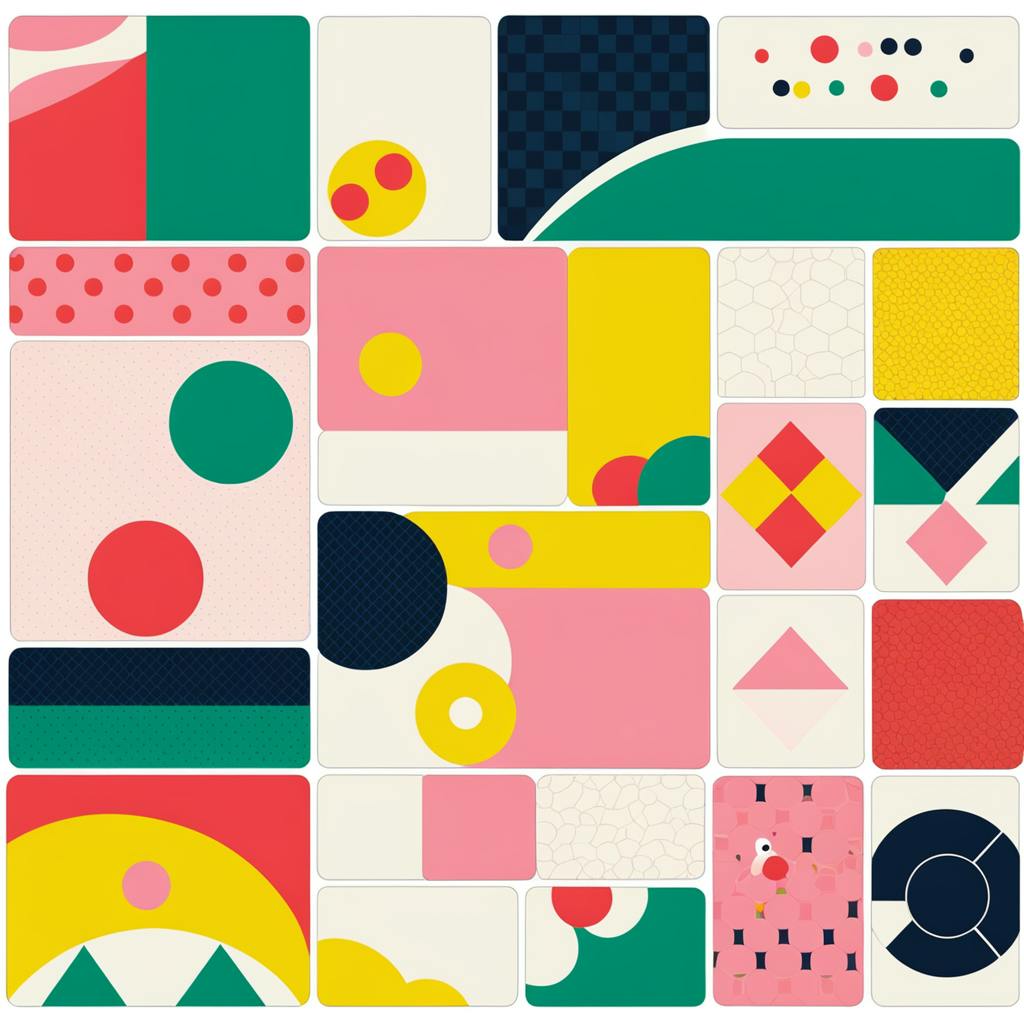Collage art, a medium that assembles diverse elements to produce a single, unified composition, has always sparked curiosity and admiration in the world of creative expression. It is a method of art-making that bridges the gap between reality and imagination, allowing artists to harness fragments of the world around them, and re-contextualize them to express unique narratives and ideas. As artists rearrange and layer pieces, they invite viewers to explore a composition that may appear fragmented at first glance but is indeed a careful orchestration of bits and pieces telling a coherent story.
Clear Insight Into Collage Art
Collage art, with its multifaceted approach, combines fragments from various sources—photographs, fabric, paper, and other materials—onto a single surface. This medium offers an accessible entry point for artists and serves as a direct method for commentary, borrowing from everyday life, politics, and popular culture. The beauty of collage art lies in its flexibility and adaptability, allowing for an ever-changing narrative that can mirror the fluidity of modern life. As viewers, we perceive it as a vibrant ensemble where each detail is deliberate, contributing to the whole narrative.
Exploration of Composition in Art
Composition in collage art is an intricate dance of balance, contrast, and harmony. It demands an acute awareness of how various textures, colors, and dimensions interact with one another. Skilled collage artists use composition to guide the viewer's eye, creating a visual hierarchy that communicates their intended message. Each element, no matter how minute, has its place in the piece’s elaborate storytelling. By manipulating juxtaposition and spatial arrangement, collage artists present a multi-layered narrative that challenges conventional perceptions and engages viewers in a dialogue with the artwork.

AI made with Heather Crank
Narratives and Frequently Asked Questions
The engaging nature of collage art often leads to several frequently asked questions. A common inquiry is: How does an artist decide what elements to include in their collage? The answer is deeply personal; artists select materials that resonate with their intentions and emotions, often incorporating elements with personal significance or commentary on societal issues. Another frequent question is: What tools are used in creating collage art? Traditional tools include scissors, adhesives, and materials such as paper and fabric, though contemporary artists have expanded to digital technologies, creating digital collages with computer software.
Many wonder about the origins of collage art. While many trace its roots to early 20th-century avant-garde movements like Cubism and Dadaism, the instinct to piece together fragments to form coherent artworks is intrinsic to human creativity and has existed in various forms across cultures.
Credible Examples of Renowned Collage Artists
Looking at the rich history of collage art, names like Pablo Picasso and Georges Braque emerge as pioneers who revolutionized the art form. Contemporary artists like Kara Walker and Wangechi Mutu continue to explore its possibilities, infusing collage with new techniques and cultural discussions. These artists exemplify the versatility of collage and its capacity to transcend time, culture, and technology, continually reinventing itself.
Collage Art: An FAQ Guide
What kind of materials are commonly used in collage art?
Collage art is a versatile medium that embraces a plethora of materials, allowing artists to explore textures, colors, and forms. Commonly used materials in collage art include:
- Paper: Magazine clippings, newspapers, colored paper, old books, photographs, and packaging materials.
- Textiles: Fabrics, threads, yarns, and lace add texture and depth.
- Found Objects: Everyday items such as ticket stubs, leaves, buttons, and small trinkets.
- Mixed Media: Paint, ink, charcoal, and pastels can enhance the narrative and aesthetic.
- Digital Elements: In contemporary practice, digital collages incorporate images and graphics using software like Photoshop.
Each of these materials contributes unique qualities, enabling dynamic compositions and allowing artists to craft narratives that challenge traditional aesthetics.
How does collage art reimagine reality?
Collage art reimagines reality by dismantling familiar images and reassembling them in imaginative ways. This medium thrives on juxtaposition, allowing artists to create interactions between disparate elements that provoke thought and elicit new meanings. By recombining visual fragments, collage art blurs the boundaries between reality and imagination, offering viewers an altered perspective.
Through techniques like layering, overlapping, and contrasting, artists utilize collage to:
- Challenge Perceptions: By altering contexts and scales, collage art asks viewers to question preconceived notions of time, space, and meaning.
- Narrate Complex Stories: Multiple images or materials combined in a single artwork can convey multifaceted narratives, hinting at historical, personal, or conceptual themes.
- Create Surreal Environments: Collage is particularly effective at crafting surreal and fantastical worlds, free from the constraints of linear and literal interpretation.
What does 'Pieces and Bits' mean in the context of collage art?
'Pieces and Bits' refers to the fragmented elements that form the foundation of collage art. It encapsulates the essence of the medium, wherein individual pieces and bits—each with its own significance—converge to form a cohesive and meaningful whole. This concept highlights the transformation from the sum of parts to an integrated artwork, emphasizing:
- Fragmentation and Reconstruction: Collage artists deconstruct existing materials only to reconstruct them, imagining alternative realities or sensibilities.
- Ownership and Authorship: By using bits of disparate materials, artists claim creative authority, redefining narratives through their selection and placement choices.
- Symbolism and Metaphor: Each piece can carry specific connotations, making the interpretation of a collage multilayered and rich with symbolism.

AI made with Heather Crank
How can I begin creating my own collage art?
Embarking on your collage art journey is both exciting and liberating. Here are some steps to guide you:
- Gather Materials: Start by collecting an array of materials you find interesting or visually appealing. Look for variety in texture, color, and imagery.
- Choose a Base: Decide on a surface to work on, whether it be canvas, cardboard, or paper. Consider the size of your work and how it might affect the placement of materials.
- Experiment with Composition: Arrange your collected materials in different ways. Experiment with layering, overlapping, and the placement of elements to find a composition that speaks to you.
- Secure the Pieces: Using glue, tape, or adhesive, begin securing your chosen materials onto the base. You might want to secure temporary placements with light adhesive first to allow for adjustments.
- Incorporate Mixed Media: If desired, enhance your collage with paint, markers, or other mixed media to add layers of depth and detail.
- Reflect and Refine: Step back from your work periodically to assess the overall composition. Make adjustments where needed until you're satisfied with the final piece.
- Embrace Freedom: Remember that collage is an inherently experimental medium. Be open to unexpected outcomes and embrace the creative process!
Creating collage art is a rewarding journey that encourages exploration and innovation. Let your creativity guide you as you assemble diverse elements into thought-provoking artworks.
Conclusion
Collage art is a dynamic and multifaceted medium that offers artists a platform to reimagine reality using an assemblage of disparate elements. Its inherent ability to merge artistic expression with social commentary makes it particularly compelling and reflective of the complexities of modern life. As a method of storytelling, it invites viewers to engage actively, piecing together their interpretations from the myriad of elements before them.
Collage art stands as a testament to art’s evolving narrative—a process of constant interaction between creator, medium, and observer. Through its enduring presence in the art world, it continues to inspire both artists and audiences, urging them to look beyond the surface and uncover the stories nestled within the pieces and bits.

